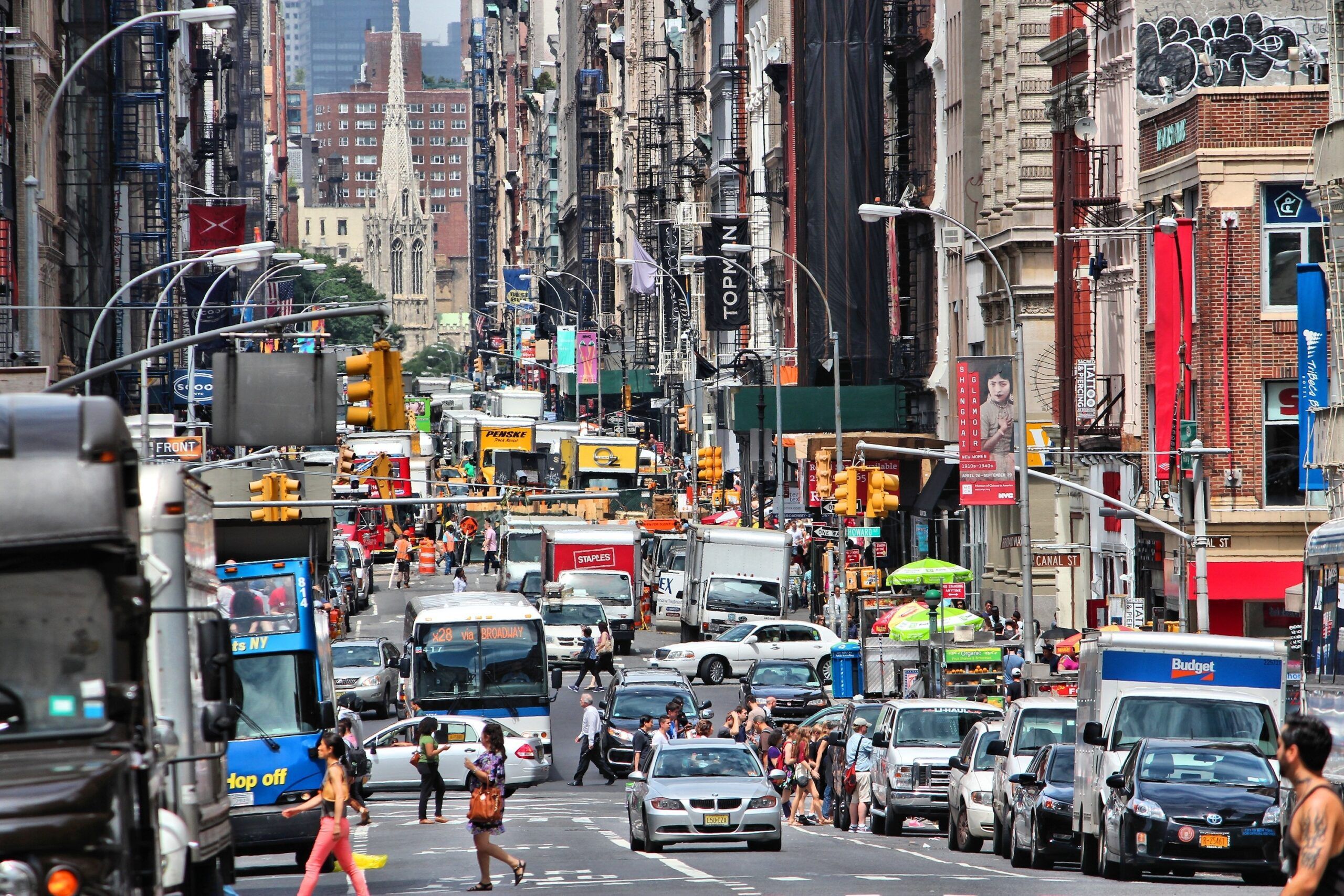
Congestion pricing in NYC: everything you need to know, including start date, exemptions and a map

Everyone is talking about the congestion pricing plan that will force drivers to pay $15 every time they enter midtown Manhattan. Although an official start date has yet to be announced, an MTA lawyer recently revealed that officials are likely going to kick things off in mid-June.
So to ease your worries (or, perhaps, enhance them), we put together this handy little guide trying to dissect everything you need to know about the new congestion pricing in NYC.
What is the congestion pricing toll?
To put it very simply, once the new plan goes into effect, every time drivers enter a specific area in Manhattan they will be charged a fee.
When does congestion pricing in NYC start?
In early February, during a meeting in a New Jersey federal court, a lawyer for the MTA announced that the congestion pricing toll could start as early as mid-June. That being said, officials have not made any announcement about the timeline just yet.
It’s important to note that, before the new guidelines start being implemented, they will have to be checked by the Federal Highway Administration and go through an environmental assessment.

Where is the toll zone?
The affected area concerns Manhattan’s central business district below 60th Street. That means that cars entering every single street and avenue south of and including 60th Street will be charged a toll.
The new cost does not, however, apply to folks entering the FDR Drive, West Side Highway and the Hugh L. Carey Tunnel. That being said, if you exit any of those major roadways to enter a street within the newly designated area, you will be charged (if you take the West Side Highway up to 50th Street, for example, you will not be exempt from the payment).
What are the congestion pricing hours?
According to the proposed plan, any car entering Manhattan below 60th Street will pay a fee. However, the price will change depending on the hour of the day. Between 5am and 9pm on weekdays, motorists will be charged the full fee.
On weekends, those hours morph to 9am to 9pm. Outside the peak times, the toll will still apply but will likely cost about 75% less than its full price.
How much will drivers be charged?
The New York Post reports that, unless things change last minute, this will be the breakdown for what each vehicle will be charged during” peak hours:
Passenger vehicles: $15
Small trucks: $24
Large trucks: $36
Motorcycles: $7.50
Taxi drivers: $1.25 per ride
Uber, Lyft, other ride-shares: $2.50 per ride
How do you pay the toll?
Drivers with an E-ZPass will automatically be charged a fee upon entering the Central Business District. Those who do not own a pass will be mailed a bill to the address of the registered vehicle.
Are there any exemptions to the toll?
Yes, there are exemptions to the toll. However, they mostly do not concern the average city driver.
As proposed by officials last year, exemptions will apply to authorized emergency vehicles (think fire trucks and ambulances, for example), vehicles transporting people with a disability and government automobiles that are “involved in public works,” like garbage trucks.
Are private bus operators included?
Transit and commuter buses are exempt from paying the congestion toll. Intercity buses are not included in that category.
Why is the MTA charging commuters?
Discussions about the congestion toll have been going on for years now. According to the MTA, the program will reduce traffic, travel time and emissions; improve quality of life and “lead to safer streets and cleaner air.”
Even more specifically, the MTA said that the plan will raise $1 billion per year—money that will then be used to upgrade other transport-related infrastructures (from new subways and buses to the extension of the much talked about Second Avenue Subway and signal-related advancements).
Although the amount of traffic that all but defines life in Manhattan is very obvious, a nuance that the new guidelines will likely ameliorate, many people have complained about the possibility of the new fee. People who work for the city—think teachers, first responders and the like—and are not part of the already-announced potential exemptions have raised concerns about not being able to carry out their duties daily if they have to pay to enter the specific zones where their jobs take place.
The arrival of the new systems seems to be inevitable but here’s to hoping that officials will be able to work out kinks and appease a majority of the population before things go into effect.